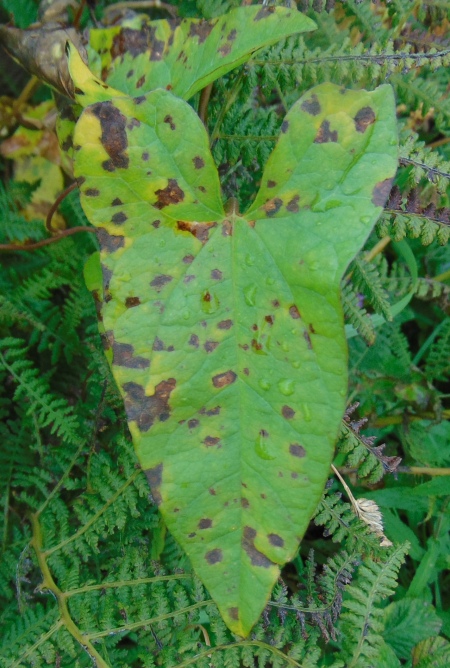The Skye Botany Group had such a good day at Loch Duagrich a couple of years ago, that we decided to go back armed with a bathyscope and a grapnel. The first throw of the grapnel produced a large quantity of Nitella translucens (Translucent Stonewort), a charophyte with very few records in the vice-county. Maybe greater use of the grapnel would increase the known distribution quite a bit.
The other significant find was of this plant, which may be terrestrial Apium inundatum (Lesser Marshwort):

Apium inundatum?
It was there two years ago. I had intended to return earlier in the season in the hope of finding a flower or fruit, but forgot about it. It is on gravel beside the loch but not actually in the water. Opinions welcome! There are two undated, unlocalised and generally doubtful records for Skye, and the only certain population in VC104 appears to have gone from Sanday, so this would be a really nice find.
We collected specimens of Subularia aquatica (Awlwort) for the University of Toulouse and the Elatine hexandra (Six-stamened Waterwort) was doing well.
In passing we recorded 102 vascular plants in the monad NG3939; apart from Nitella translucens and maybe Apium inundatum, only Carex leporina (Oval Sedge) was new to the tetrad.
Afterwards I collected the few remaining fruits on a stand of Sparganium erectum (Branched Bur-reed) near the Amar River for Mike Wilcox to have a look at, in order to determine the subspecies.







